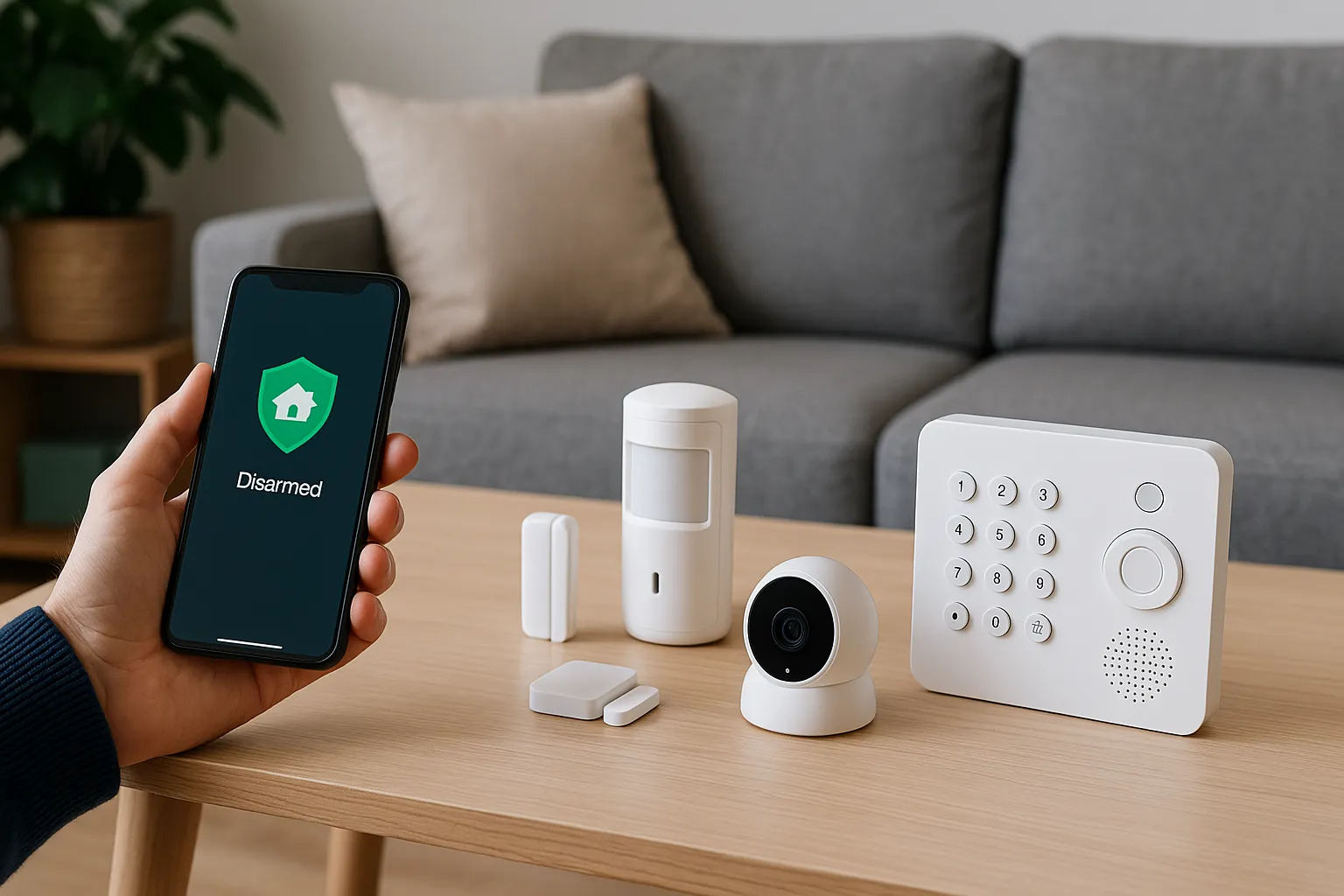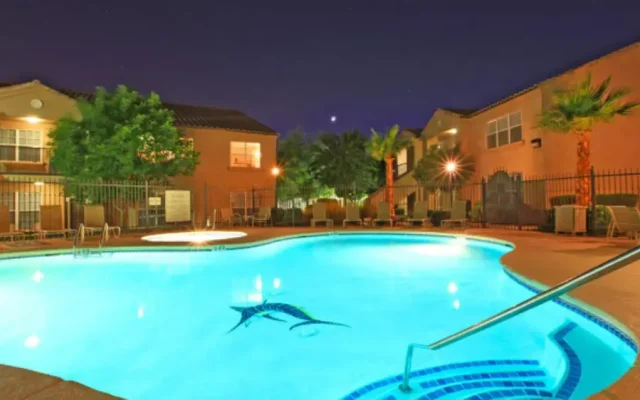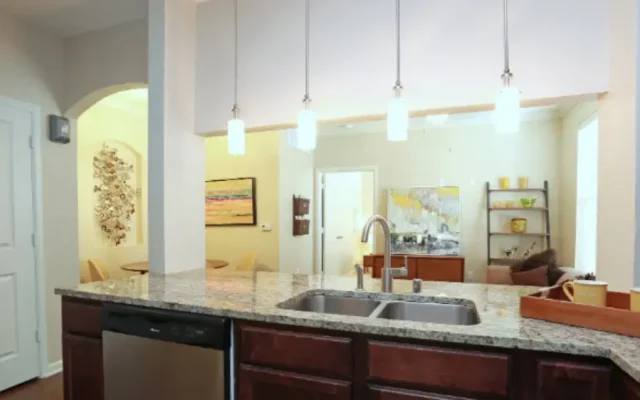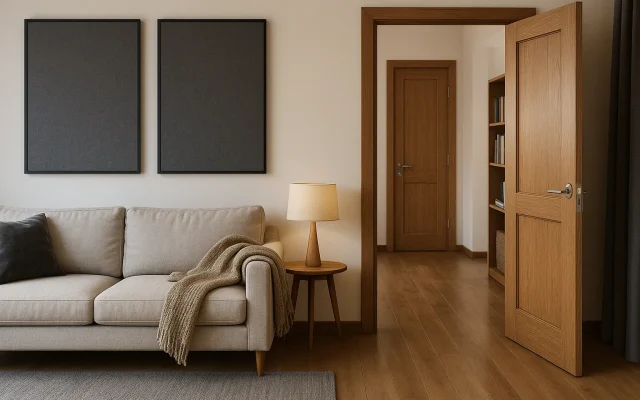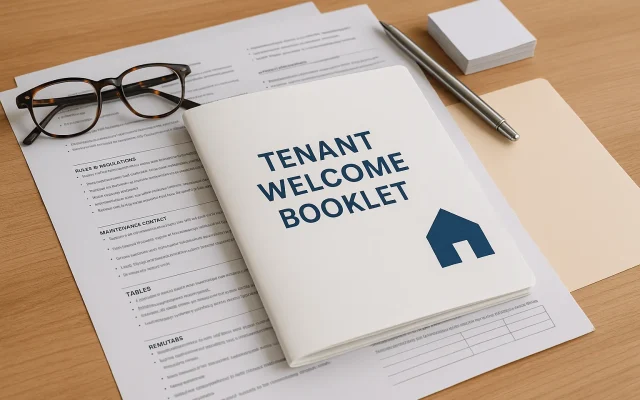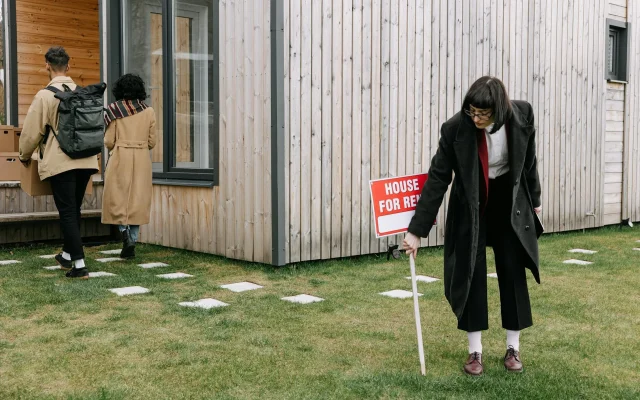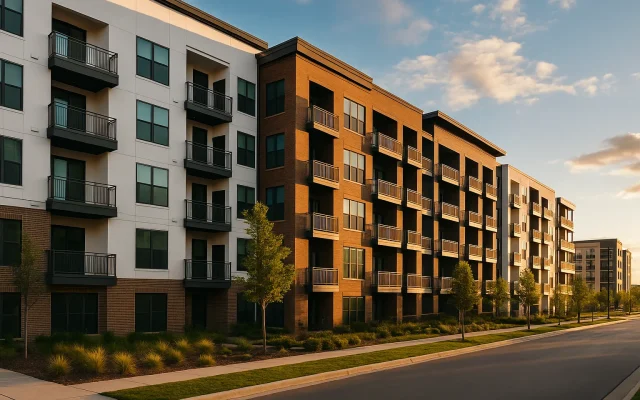If you rent your place, you already know the balancing act. You want to feel safe, but you also want to keep your deposit. You want a security setup that works, but you can’t bring in a drill or rewire anything without getting a firm “no” from your landlord. And if you live in a building with thin walls, busy hallways, or a package room that constantly loses packages, the need for some kind of security becomes pretty obvious.
There are quite a few good systems out there, but renters face very different challenges from homeowners. The goal is to help you figure out what matters most for your living situation. If you want a clear look at how the top systems compare in general, this list of the best home security systems can give you a solid starting point.
Let’s break everything down so you can find a setup that feels safe and still fits neatly into renter life.
What Makes Apartment Security Different From Home Security?
Renters deal with limitations that owners don’t always have to think about. For example, drilling holes is often off the table. Even peel-and-stick shelves can be suspicious in the eyes of a strict landlord. Lease agreements sometimes prohibit anything that looks even slightly permanent. And then you have to consider the building itself. Shared hallways, unpredictable foot traffic, buzzers that may or may not work, and older buildings with spotty Wi-Fi all add complications.
Plus, apartments sometimes come with blind spots. A first-floor patio might feel exposed. A long hallway could be noisy at night. A high-rise unit might have great security downstairs but none at your actual door. Each place comes with its own quirks.
Key Features Renters Should Look For
Choosing a security system for an apartment is basically a puzzle. You want power and reliability, but also portability and simplicity. Here are the features that make the biggest difference.
Wireless sensors. No wiring means fewer lease issues.
Peel-and-stick installation. Easy to remove when you move out.
Portability. The whole system should pack into one box when you’re ready for a new place.
Self-monitoring optional. Renters often prefer flexibility.
Strong app controls. Especially important in buildings where you cannot add smart locks or exterior cameras.
Contract-free plans. Since leases end fast, long agreements rarely make sense.
What Type of Security System Works Best for an Apartment?
This question comes up constantly because not every system is designed for renters. The best options are usually lightweight, wireless systems that use adhesive mounts. These setups are easy to take down without leaving marks on the walls. Most renters do well with a door sensor for the main entrance, a motion detector in the living area, and an optional camera inside. If you live in a studio or small one-bedroom, you might even get by with fewer pieces.
The Main Styles of Apartment-Friendly Security Systems
Since not every renter needs the same level of coverage, here are the four main categories to consider.
DIY Systems
Affordable, simple, and easy to remove. Good for people who move every year or two.
Self-Monitored Systems
These send alerts straight to your phone. A good fit if you want to avoid monthly fees and feel comfortable handling emergencies on your own.
Hybrid Systems
You install everything yourself but can switch on professional monitoring when you want extra help, such as during vacations or long work trips.
Camera-Only Setups
Some renters prefer a simple indoor camera that sends notifications. These setups are minimal and work well in small units, although they offer fewer layers of protection.
A Helpful Guide for Renters Specifically
If you want recommendations made only for renters instead of homeowners, this renter-focused security system comparison by SafeWise breaks down the systems that work best without violating leases
Do Renters Need Permission to Install Security Systems?
Most renters can install a wireless system without asking anyone. Landlords typically care most about holes in walls or permanent fixtures. Anything peel-and-stick, portable, or battery powered tends to be lease friendly.
It can still help to skim your lease. Look for sections mentioning physical alterations. If you do have questions, ask your landlord something simple like: “Is removable adhesive OK for sensors” or “Are battery-powered cameras allowed indoors.” Quick questions like that help you avoid any confusion at move-out.
If you want an outdoor camera, you usually need permission. Exterior hallways, patios, balconies, and breezeways fall under shared spaces where privacy rules apply. Indoor cameras rarely cause issues.
Choosing Based on Your Apartment Layout
Your choice will depend on where you live and how your space is arranged. Here are a few common setups.
Studio or Micro Apartment
One motion sensor in the main space and a single door sensor might be all you need. Many people skip cameras entirely in very small spaces.
One-Bedroom Apartment
A door sensor, one motion sensor, and an optional indoor camera usually provide enough coverage without paying for extra equipment.
First-Floor Units
These apartments sometimes feel the most vulnerable. A window sensor or a device aimed toward the patio can add peace of mind.
High-Rise Units
These rely more on interior sensors because many high rises prohibit hallway cameras. A system with reliable Wi-Fi performance is important here.
Should You Choose Self-Monitoring or Professional Monitoring?
It depends on your habits. If you work from home or check your phone often, self-monitoring might work perfectly. If you travel frequently or prefer not to handle emergency calls on your own, professional monitoring brings extra peace of mind. Many renters choose systems that switch between the two based on their schedule.
Apartment-Specific Risks
Apartments come with unique challenges that homeowners don’t always consider.
Thin walls. Alarms should not be overly loud or they might bother neighbors.
Busy hallways. Motion sensors near the entrance can trigger too often if placed wrong.
Unpredictable Wi-Fi. Cameras need a strong connection, so router placement matters.
Package theft. Many renters use video doorbells, though some buildings restrict them.
Shared access. Maintenance workers, cleaners, and neighbors may walk close to your door.
Thinking about these early helps you choose the equipment that fits your building conditions.
Are Security Cameras Allowed in Apartments?
Indoor cameras are usually fine. Problems arise when cameras point toward shared spaces, including hallways, balconies, breezeways, or neighbor doors. Some states have strict rules about recording people in those areas, and leases often echo those rules. When in doubt, ask your landlord before placing anything that captures shared spaces.
Features That Work Extremely Well for Renters
- Adhesive-based door and window sensors
- Battery-powered indoor cameras
- Lightweight motion detectors
- A compact hub
- Systems that start with small kits and allow add-ons later
- Optional monitoring instead of required contracts
These make it easier to pack everything up at the end of your lease without losing your deposit.
How Much Renters Should Expect to Spend?
Equipment:
Most renters spend between $150 and $300 for a basic starter kit.
Monitoring:
Self-monitoring is usually free. Professional monitoring ranges from about $15 to $30 each month, depending on the brand.
Short-term monitoring:
Some systems let you pay only when you need the extra coverage, such as during travel.
Common Mistakes Renters Make
- Buying more sensors than their apartment needs
- Installing a camera in a restricted hallway
- Forgetting to test sensors before mounting
- Not considering Wi-Fi strength in older buildings
- Choosing a system with a long contract during a 12-month lease
A little planning keeps these headaches away.
Quick Checklist for Choosing the Best Apartment Security System
- Does it install without drilling
- Will it come off cleanly at move-out
- Is the price reasonable for the size of your place
- Can you switch between self and pro monitoring
- Does it work with unreliable Wi-Fi
- Is it portable enough to take to your next apartment
Final Thoughts
The right apartment security system depends on your lifestyle, your building, and your comfort level with monitoring. Renters benefit most from systems that are flexible, contract-free, and easy to uninstall. Once you know what limitations your lease has, picking a system becomes much easier. And if you want to compare the most reliable options side by side, the Safewise guides linked above are helpful places to start.
Frequently Asked Questions (FAQs)
Usually not for wireless, peel-and-stick, or battery-powered devices, but you should check your lease to confirm.
It depends on building rules—many apartments restrict doorbells that face shared hallways or neighbors’ doors.
Wireless, adhesive-mounted, portable systems work best because they avoid drilling and are easy to remove.
Most use removable adhesive designed to come off cleanly if you follow the manufacturer’s instructions.
Yes—indoor cameras are generally allowed as long as they don’t record shared areas outside your unit.
Studios typically need just a door sensor and one motion detector, while one-bedrooms may benefit from an additional camera or window sensor.
Not always—self-monitoring works well if you’re home often, but professional monitoring helps when you travel or want extra backup.
Choose a system with strong wireless performance and place your router where cameras and sensors can maintain a stable signal.
Yes—most renter-friendly systems are designed to be packed up quickly and reinstalled without tools.
Most basic kits cost between $150 and $300, with optional monitoring plans ranging from free to around $30 per month.
Look for wireless sensors, adhesive installation, contract-free plans, and a system that can scale up or down.
Avoid over-buying sensors, installing cameras in restricted hallways, or signing long contracts during a short lease.

